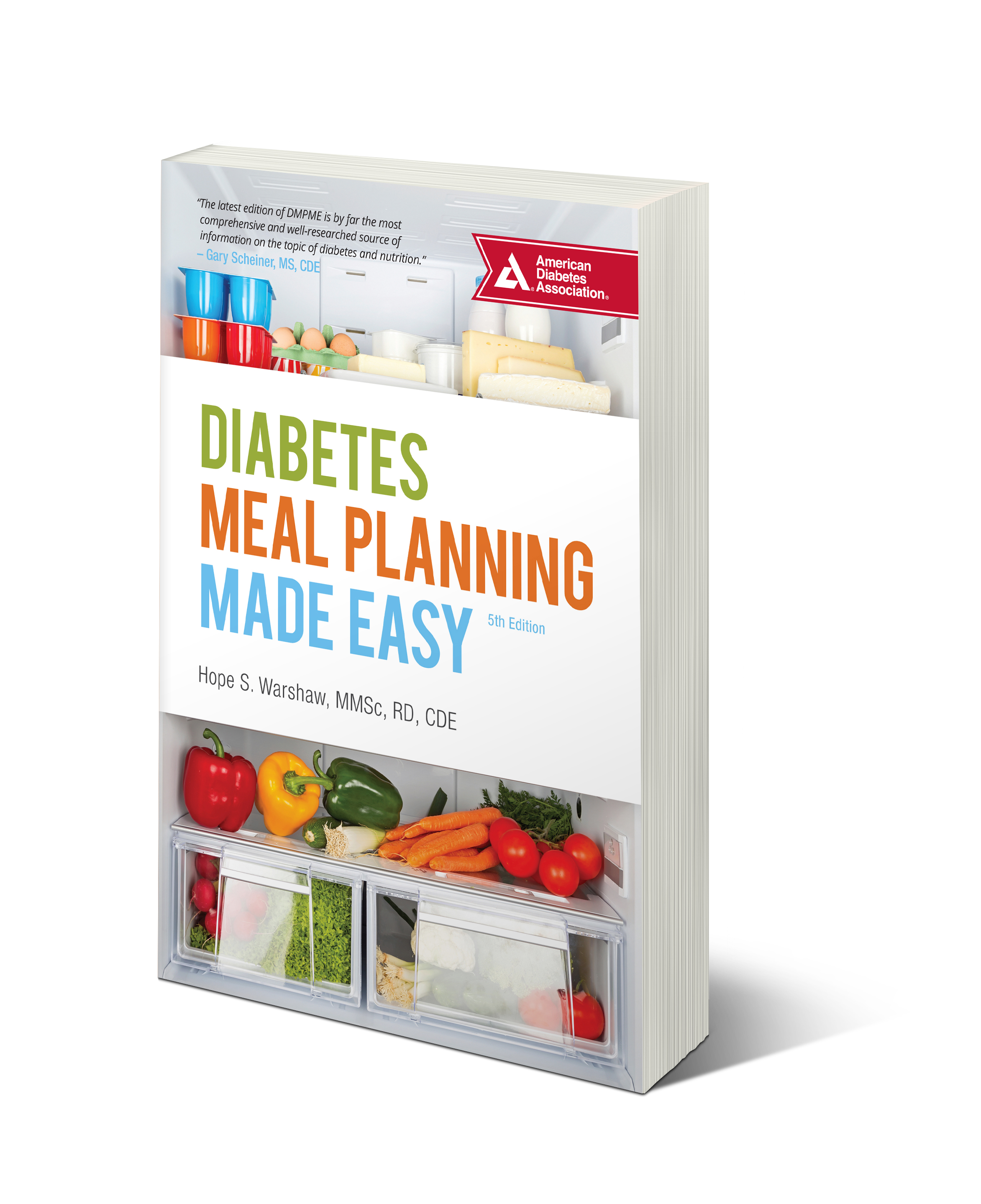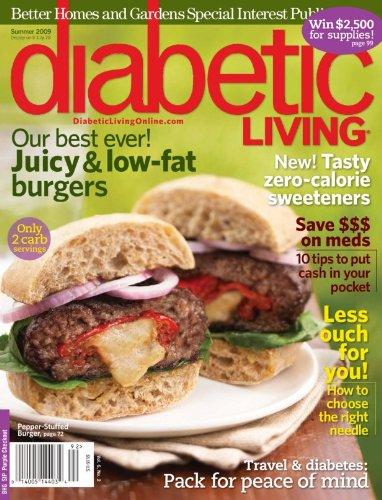Hypoglycemia and Diabetes: Possible? Yes, Misconceptions? Many!
It’s true. With today’s goals and efforts to help people tighten their blood glucose control to minimize the long term diabetes complications, practitioners can increase the risks and possible occurrences of low blood glucose (hypoglycemia) for some.
However, if all you knew about the risks for and likely frequency of hypoglycemia was from the news (as well as movie and stage theatrics) you’d be convinced that every person with diabetes is likely to keel over regularly.
Online Diabetes Communities Multiply
Social networking is the rage. People are sharing personally and professionally. For people with diabetes there’s been a ground swell of social networking sites. They offer opportunities to keep up with the latest diabetes research, products and technology, connect with others in your shoes and share your challenges and triumphs. And you get to do this with people globally. As a diabetes educator who’s been around for many years I realize that having diabetes can be isolating and that support is critical to successful management – medically and emotionally.
Diabetes Meal Planning Made Easy

- confused about whether you need to limit the amount of carbohydrate you eat?
- baffled by what’s more important: controlling glucose, blood pressure or heart health?
- frustrated trying to lose weightl, keep pounds off and manage diabetes?
- overwhelmed by food labels, nutrition facts and ingredients lists?
Diabetes Meal Planning Made Easy, now in its 5th edition, is thorough, yet practical and realistic in its approach. This perennial best-seller, published by the American Diabetes Association, has become the go-to resource on why, what and how much to eat for people with prediabetes or type 2 diabetes. Readers find cut-to-the-chase advice in three easy-to-digest sections. Section one is: Nutrition and Health Eating Basics. Section two is: Foods by Group, in-depth detail about each food group including alcoholic and non-alcoholic beverages, sweets and desserts and convenience foods. Section three is: Putting Healthy Eating for Diabetes Control into Action, covering how to preplan, supermarket shop, read food and nutrition labels, eat healthier restaurant meals and much more. This action oriented book helps readers slowly but surely change their food choices and eating behaviors for good.
Reviews
Table of Contents
Dedication
Introduction to 5th Edition
Section 1: Diabetes, Nutrition, and Healthy Eating Basics
- Chapter 1: About Type 2 Diabetes and Prediabetes and Why They Happen
- Chapter 2: How to Eat Healthy with Diabetes
- Chapter 3: About Calories, Carbohydrate, Protein, and Fat
- Chapter 4: Sodium, Potassium, and Blood Pressure Control
- Chapter 5: Vitamins, Minerals, and Dietary Supplements
- Chapter 6: Personalize Your Healthy Eating Plan
- Chapter 7: Secrets of Losing Weight and Keeping Pounds Off for Good
Section 2: Foods by Group
- Chapter 8: Starches
- Chapter 9: Vegetables (Non Starchy)
- Chapter 10: Fruits
- Chapter 11: Milks and Yogurts
- Chapter 12: Protein Foods
- Chapter 13: Fats and Oils
- Chapter 14: Sweets, Desserts, and Other Sugary Foods
- Chapter 15: Beverages: Nonalcoholic
- Chapter 16: Beverages: Alcoholic
- Chapter 17: Combination, Convenience, and Free Foods
Section 3: Putting Healthy Eating for Diabetes Control into Action
- Chapter 18: Change Your Food Choices and Eating Behaviors Slowly
- Chapter 19: Planning: A BIG Key to Healthy Eating
- Chapter 20: Control Your Portions
- Chapter 21: Lean on the Food Label and Nutrition Facts
- Chapter 22: Skills and Strategies for Healthy Restaurant Eating
- Chapter 23: Get the Support You Need Up Close or Virtual
Index
Vitamin D and Diabetes May be Linked
Research is snowballing pointing to deficient vitamin D levels as one factor contributing to the onset of both type 1 and 2 diabetes.
Diabetes Incidence Just Keeps Rising
Revised numbers from the U.S. Centers for Disease Control and Prevention (CDC) were just published in the National Diabetes Fact Sheet and they are, once again, disheartening and staggering but not surprising:
Prevent Dementia By Trimming Belly Bulge
Plenty of research points to the health dangers of excess belly – or abdominal – fat, from preventing type 2 diabetes, to high blood pressure and more. Last week, a study published in the journal Neurology conducted by Kaiser Permanente’s research arm, linked excess belly fat to a high risk of dementia. Researchers found that the more belly fat participants were toting around, the greater their risk for dementia.
Skinny vs. Healthy - Warshaw's interview with www.diabetesmine.com
Skinny vs. Healthy
The following is the interview Amy Tenderich of diabetesmine.com, award winning blogger posted on 2/26/08
How low should blood glucose go?
How low should blood glucose go? Recent news from two large studies in people (~ 10,000 each) with type 2 diabetes—the ACCORD and ADVANCE trials—raised this question…yet again. Perspective is pertinent! It’s well known that managing type 2 diabetes is not only about blood glucose control. It’s also about treating blood pressure (goal: <130/80) and blood lipids (LDL: <100 or less) to into the healthy zone.


 Diabetic Living magazine
Diabetic Living magazine